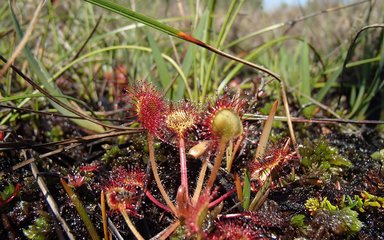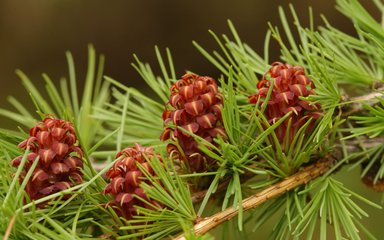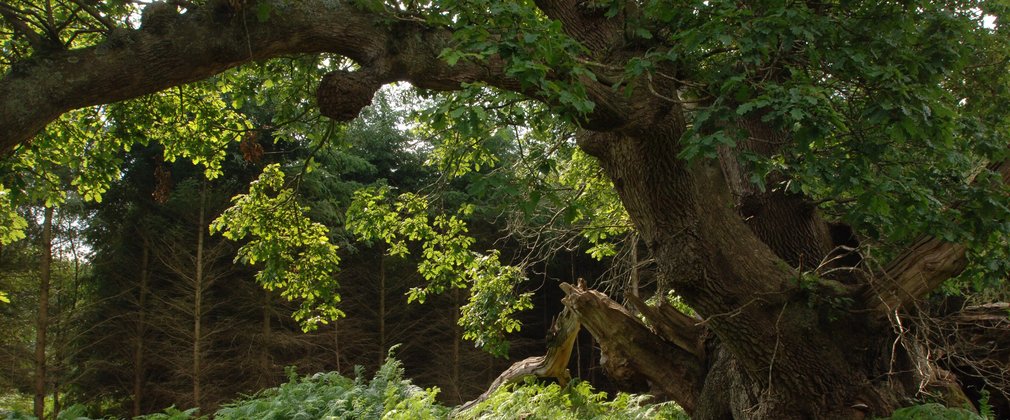
Veteran trees are a widespread and historically important part of the nation’s forests. Although their ages vary from species to species, they are all vital to the thriving forest environments where they live, supporting wildlife and contributing to the wider ecosystem. Learn more about how we manage and care for these special trees, including what happens when they do eventually die.
What is a veteran tree?
‘Veteran’ trees are a widespread and historically important part of the nation’s forests. Ancient trees are all veterans, but how old an ‘ancient’ tree is depends on the species. Not all veteran trees are old enough to be classed as ancient, but they display key characteristics of ancient trees. Nationally, we manage these valuable old trees across the country, including the ancient parks and forests of Savernake in Wiltshire, Sherwood Forest in Nottinghamshire and the New Forest in Hampshire.
A veteran tree is a tree of particular interest because of its age, size, condition and history. Veteran trees have a large trunk for their species, along with other characteristics including large cavities and decay holes, fungi growing on the trunk, and character in its shape and form. These trees are important biologically, culturally, and aesthetically. They contribute a huge amount to the conservation of forest biodiversity and come with rich cultural and historical value. Individual trees are often prominent in the landscape, marking historic boundaries or locations.
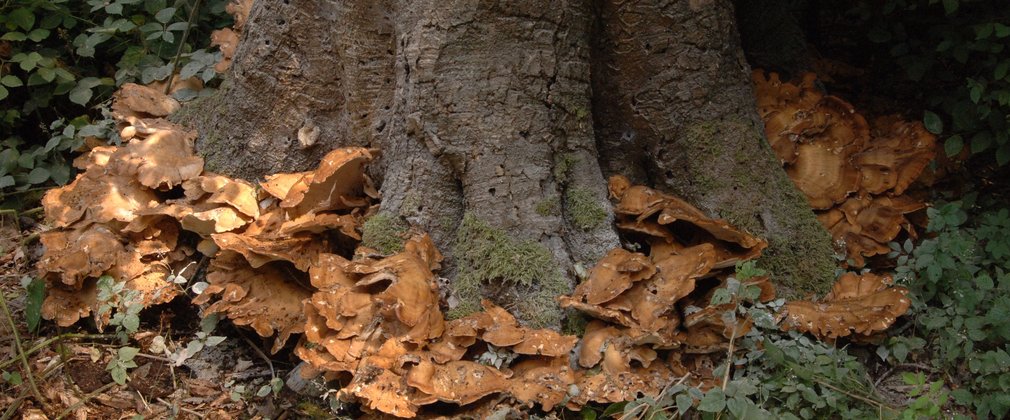
A key part of forest life
Veteran trees are a vital part of forest ecology. As trees age, their wood begins to decay and provides a rich habitat for a huge range of species, including many that are rare. They’re essential for the diversity of plants and animals, but also important for hundreds of lichens and fungi that have a close relationship with certain trees. They can be just as long-lived as their hosts.
Many of our oldest veteran trees may look like they will not be around much longer, with dead and bare branches, gnarled bark, and hollow trunks. But they will likely live on longer than us – and its important that they do. The standing deadwood contained within their rotting heartwood provides food for insect larvae and eventually hollows out to provide holes for nesting birds and roosts for bats.
Social connections
These trees are also cherished for their beauty and the spiritual value that our oldest trees bring to people. Veteran trees are often associated with former commons, medieval deer parks or ‘chase’, a type of common land that was used for hunting many hundreds of years ago.
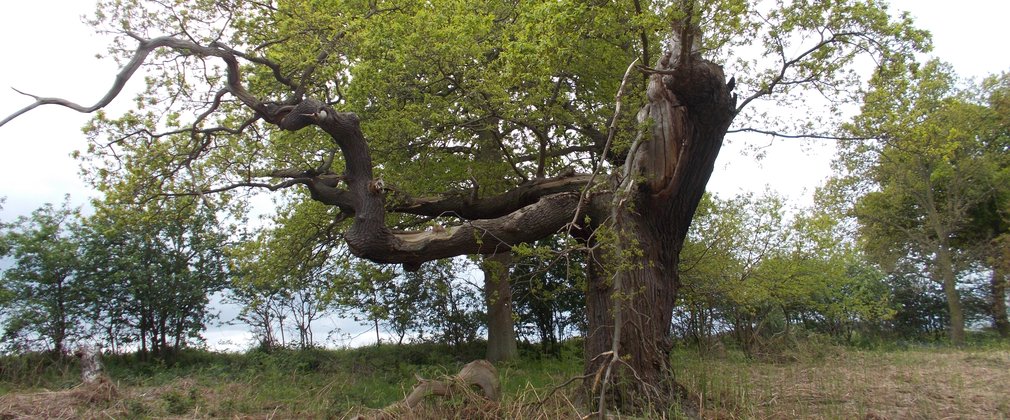
Working with veteran trees
In 2007 we committed to protecting our ancient and veteran trees through the ‘Keepers of time’ policy statement for England’s ancient and native woodland. Each tree is assessed and an individual management plan is developed that is sympathetic to their individual and unique characters. We map its location, carry out an in-depth health assessment, photograph and tag each tree, and then plan any management work needed to maintain the condition of the trees.
We implement a ‘root protection zone’ of a minimum of five metres beyond the tree canopy around every veteran tree. This includes a range of restrictions to work, like harvesting that may be carried out nearby, and the machinery that can be used to do so, to prevent the soil from being compacted and damaging the roots.
We also assess whether a veteran tree needs ‘haloing’. This involves clearing the vegetation from around the tree to increase the light they receive and reduce the competition from other trees. Haloing is a gradual process, especially with much older trees and those that have experienced prolonged periods of shade. The aim is to free the crown of the tree to at least five metres beyond the drip line, which is the outer circumference of the canopy where water drips onto the ground.
The future of our oldest trees
It’s not just the current veterans we look after. We're also responsible for hundreds of trees identified as ‘future veterans’, recorded and retained throughout the nation’s forests to ensure the existing veterans will be replaced in hundreds of years to come.
Even long after death, our oldest trees continue to contribute to the biological, environmental and the historic value of a site. Dying trees are kept and continue to be protected from works to prevent damage. They are left to decay naturally as a valuable part of forest ecosystems.
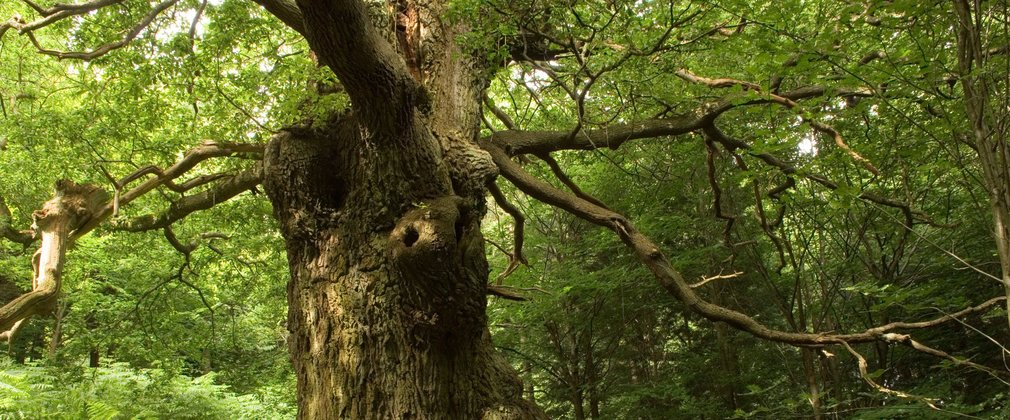
Spotlight on the giants of Sherwood Forest
The most important site for veteran trees in central England is the part of Sherwood Forest that we manage, known as the Birklands. Here we care for over 200 veteran oak trees. These trees form part of the historic Sherwood Forest and contains one of the highest concentrations of ancient oaks over 500 years old in Europe. Some are as old as 1,000 years.
An important habitat for invertebrates
The huge resource of dead and decaying wood they bring has resulted in an exceptional variety of invertebrates that rely on this habitat, especially those species associated with decaying heartwood (the older, inner wood inside the trunk), sapwood (younger, outer wood), bark and fungi. Sherwood Forest is one of the most important places in Britain for these invertebrates. In 2010 the UK’s only colony of hazel pot beetles was found in the forest. We also get Welsh clearwings, in one of only a few recently discovered sites in England for these moths.

